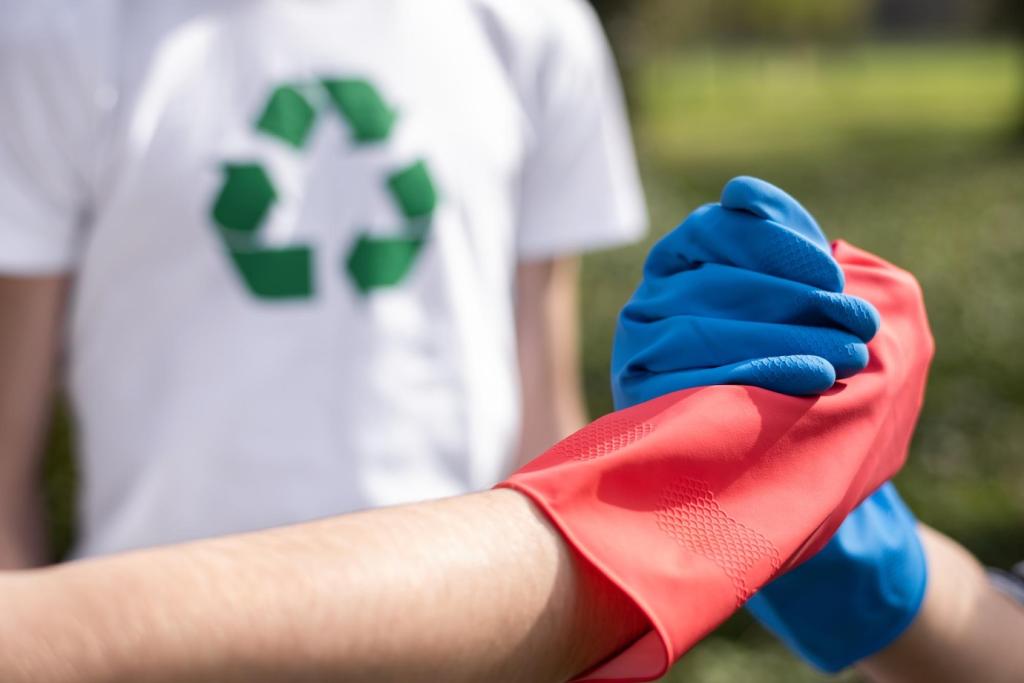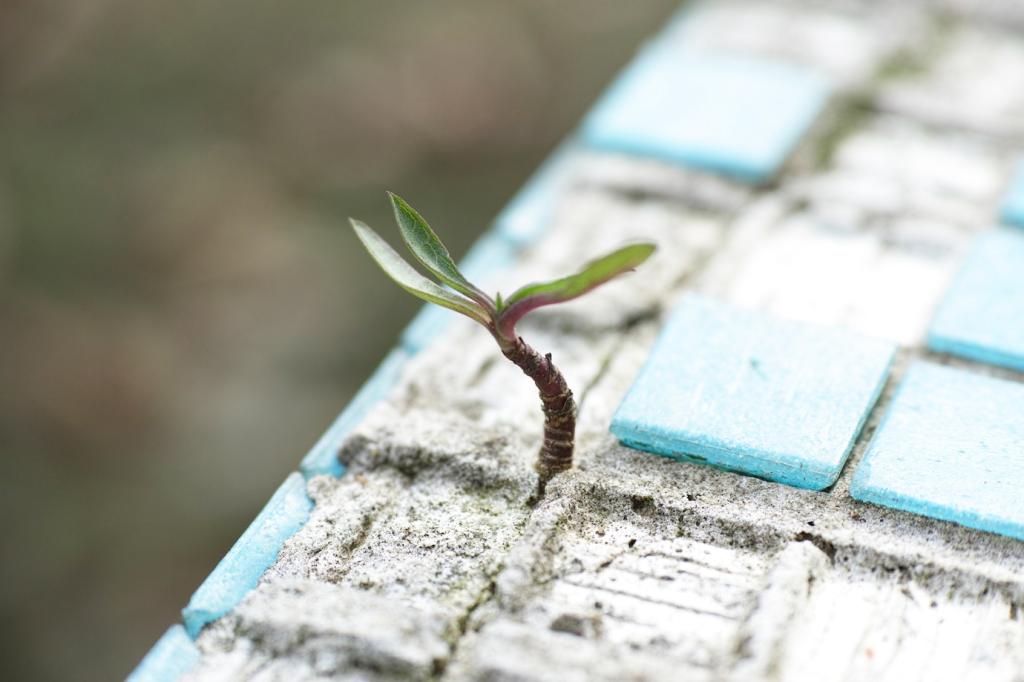Foundations of Sustainable Care
Before buying anything new, imagine your furniture’s full journey, from material harvest to many years of daily use and eventual renewal. Choosing care over replacement keeps that journey respectful, frugal, and remarkably satisfying.
Foundations of Sustainable Care
Create a compact caddy with microfiber cloths, plant‑based soap, white vinegar, baking soda, beeswax polish, cotton rags, and small clamps. These versatile essentials handle most maintenance tasks gently, affordably, and with minimal environmental footprint.
Foundations of Sustainable Care
Set a short timer, walk room to room, dust horizontal surfaces, check wobbles, and note small repairs. One reader swears this habit rescued a loose table leg before a big family dinner.
Foundations of Sustainable Care
Lorem ipsum dolor sit amet, consectetur adipiscing elit. Ut elit tellus, luctus nec ullamcorper mattis, pulvinar dapibus leo.




